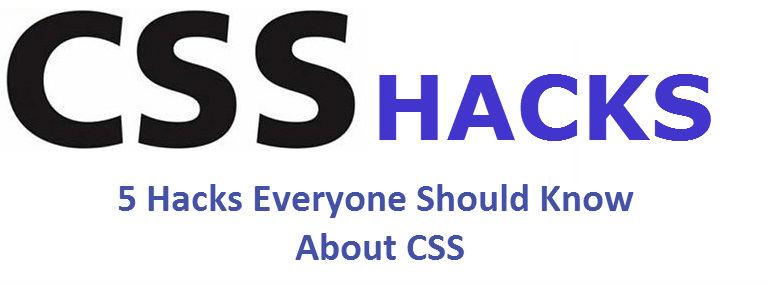When to Use ID and Class?
Basic HTML styling elements don’t always meet your styling needs. This is probably why you will need to work out specific elements to style HTML. You can either add Classes (<div class = inner content> </div>) or Ids (<div>id = navigation></div>).
The class properties are known to override the IDs. In case you want to target a particular element, you can use ID, but if you want to target multiple elements along a single page multiple times, then you should ideally use class.
Multiple Images Background Feature
This feature comes with a cross browsing support. The images are stacked one over the other in this feature, and the syntax used here uses a simple comma as a separator.
This image background feature can be used whenever you want your frontend loaded with images in a very synchronized and aligned fashion.
Unicode CSS Classes
The best practices documentation includes "how to name a CSS class" at the very beginning.

 Semaphore
Semaphore








